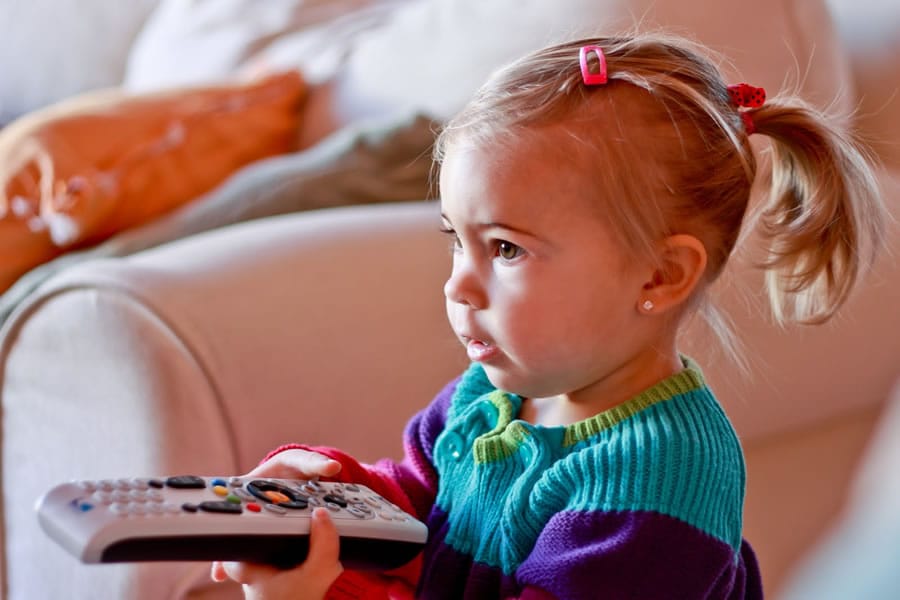
Change The Channel Please Essay
Information technology has resulted in a number of new communication techniques and channels using the Internet as the communication channel. There are various e-communication methods, which can be divided according to their degree of interactivity, methods used to transfer the message and level of public access (Duhe, 2007). E-mail is the one of the oldest communication channels, with lowest interactivity and little personal contact. Instant messengers allow to make videoconferences, conference calls and provide greater interactivity, with little public access. Chats and instant text messaging are also useful means of communication since they do not require close personal attention, like calls, but at the same time provide a good level of interactivity. Forums, blogs, RSS and newsgroups allow to deliver information to public communities in easy way; the same can be said about podcasts and video sharing. Social networks combine instant communication with shaping own community.
For all e-communication methods, classical Berlo’s communication model can be applied in the same way as to traditional means of communication. Essential elements such as source, message, channel and receiver are also present in every e-communication method (Duhe, 2007).
There are several differences regarding analysis of online interaction. First of all, communication channels are limited to hearing and seeing for internet connections. Secondly, the choice of the form of communication impact the “source” part of the communication, since the sender of the messages uses own attitude, knowledge and communication skills not only to formulate the message, but also to choose the appropriate technique for this message (Narula, 2006). For example, if the sender does not like the receiver personally, he or she might choose e-mail as the means of communication. If the sender needs to get the answer immediately or this is something to be discussed in person, he or she will choose instant messaging or a video call. Thus, the choice of communication method and channel is only limited by the facilities available for the sender and for the receiver, and by the preferences of the sender.
The role of the sender in online communication is thus greater than in the ordinary communication, since he or she is free to choose the form of communication matching his or her interests and personal preferences best of all. The receiver will have to accept the chosen form of communication; the receiver can also change the method of messaging, but then the receiver will already be in the sender’s place.
The sender can choose the communication method and encoding/decoding procedures basing on many factors, such as the environment where the communication is going to take place (professional, social, family, etc.), personal characteristics (e.g. whether the sender is better at writing, speaking or even making presentations) and so on. For professional environment, it is common to use e-mail for more “official” communication, instant messaging for more speedy and flexible connections, conferences for team working and certain social networks (e.g. Linkedin) for special professional tasks. For example, HR managers often use social networks like Linkedin to locate potential employees. Also, virtual environment gives new features and poses limitations on encoding/decoding. On one hand, the sender can combine various techniques to form and deliver the message (e.g. video, audio, text, schemes, illustrations etc.). On the other hand, the sender has to ensure that the receiver is able to decode this message and will perceive it as it was suggested.
Finally, a special feature of e-communication is that it drives public communication and personal communication very close to each other. For example, blogs, forums and personal portals combine personal and public communication means (Narula, 2006). Thus, while traditional means of online communication separate mass media and personal communication channels, internet makes these two contact channels very similar.

